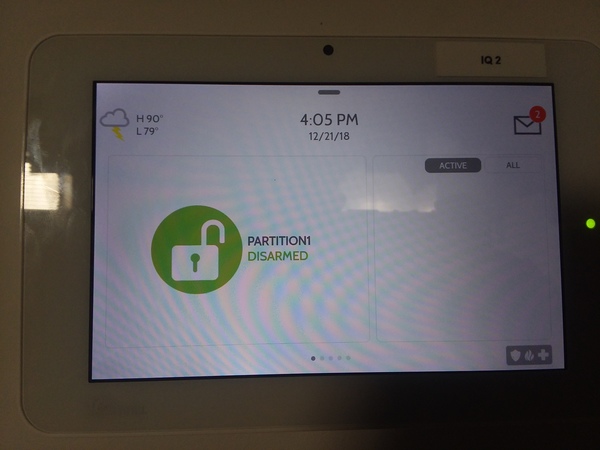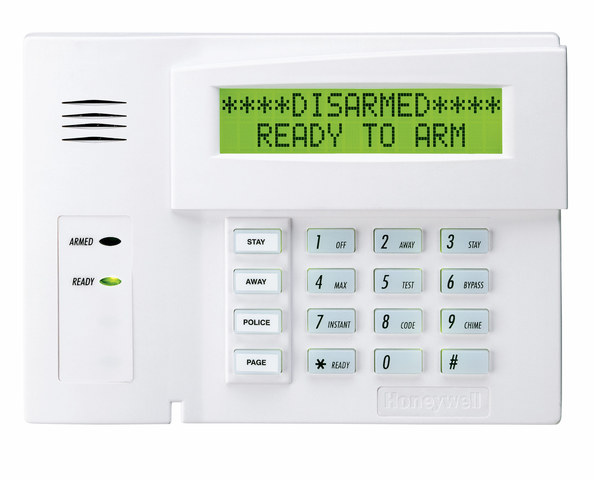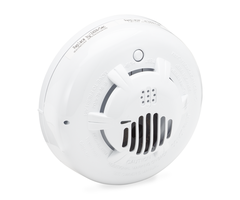Announcing the Qolsys IQ Hardwire 16-F with 2-Wire Smoke Support
Posted By Michael GorisHi DIYers! We are very excited to announce that Qolsys has released the Qolsys IQ Hardwire 16-F Wired to Wireless Converter. This module replaces the IQ Hardwire 16-S, and it adds the ability to use 2-wire smokes with a compatible wireless system. It features 16 hardwired zone terminals.

The Qolsys IQ Hardwire 16-F works similar to any wired to wireless converter module. The hardwired sensors will connect directly with the 16-F converter. The converter will then send out a wireless 319.5 MHz signal to communicate with compatible alarm systems. This makes the IQ Hardwire 16-F perfect for users of old hardwired systems who want to upgrade to a newer wireless system. The user will be able to bring all of their old hardwired security sensors to their new system.
The 319.5 MHz signal makes the 16-F compatible with many great systems. These include the Qolsys IQ Panel 2, the Qolsys IQ Panel 2 Plus with 319.5 MHz Daughtercard, the original IQ Panel and the Interlogix Simon Series Systems. The module will use rolling code encryption when communicating with the IQ2 and IQ2+ Systems. However, the signals will not be encrypted when used with other systems. Please keep frequency compatibilities in mind when purchasing a wired to wireless converter. If you have a 345 MHz system, a Honeywell 5800C2W will work instead. However, that module will not support 2-wire smokes.
The first 15 zone terminals on the IQ Hardwire 16-F are for Normally Open or Normally Closed hardwired security sensors. But the support for 2-wire smokes is what really helps the IQ Hardwire 16-F stand out from other converters. The 16th zone on the module is specifically designed for Normally Open 2-wire smoke detectors. This versatile zone is capable of supporting up to ten 2-wire smoke detectors when they are wired in parallel. Please note that 4-wire smokes and carbon monoxide sensors cannot be used with the IQ Hardwire 16-F.
Alternatively, the zone can also be used with any Normally Open sensor if the user would prefer that instead. Each zone requires a 4.7k resistor wired in parallel (NO) or series (NC). This is true even if the zone is not used. All of the necessary resistors come included with the device. Note that the included resistors are color-coded Yellow-Violet-Black-Brown- Brown. This can be helpful to know if you ever need to find replacement resistors.
The Qolsys IQ Hardwire 16-F is available for purchase now from the Alarm Grid website. This is a great module for anyone upgrading from an older hardwired system to a new Qolsys IQ Panel 2 or IQ Panel 2 Plus. Get the Qolsys IQ Hardwire 16-F now!




 With the all-new partition support, the IQ Panel 2 is now the second
With the all-new partition support, the IQ Panel 2 is now the second 



 With these great features, every Honeywell VISTA System should really have at least one keypad from the Honeywell 6160-series. For the
With these great features, every Honeywell VISTA System should really have at least one keypad from the Honeywell 6160-series. For the 






